RBA Governor Philip Lowe warned of a number of international uncertainties at in his remarks at the RBA board dinner today.
He said escalation in trade disputes would “materially affect trade flows and investment plans around the world.”. And he emphasized that “as a country that has benefited greatly from an open rules-based international system, Australia has a strong interest in this not happening.”
Another risk is “material lift in inflation” in the US. Past experience of “large fiscal stimulus” when economy is at full employment with fast growth suggests that could “lead to inflation increasing significantly.”
Also, RBA is monitoring carefully the financial and economic problems in a number of emerging market economies with structural or institutional weaknesses, including Turkey, Brazil and Argentina.




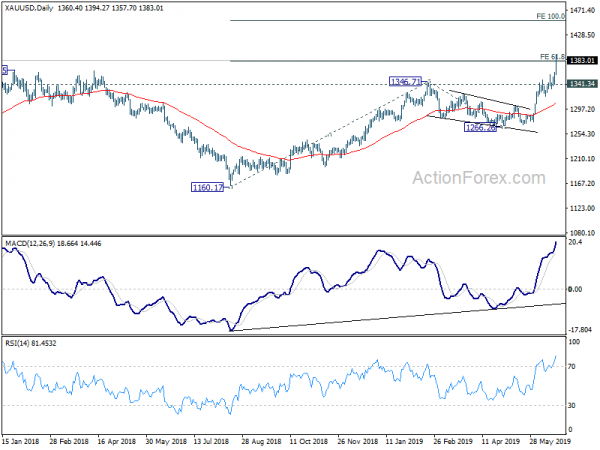
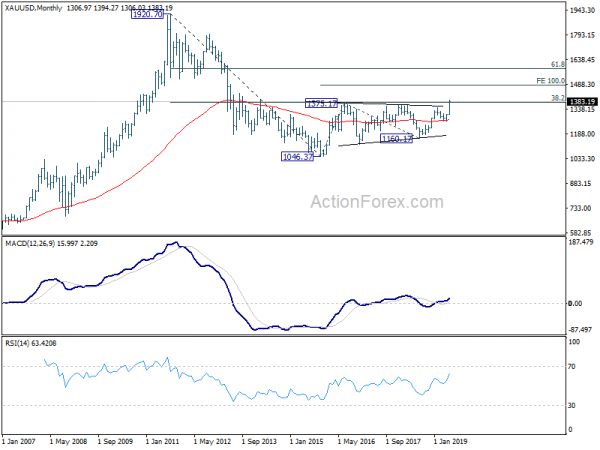
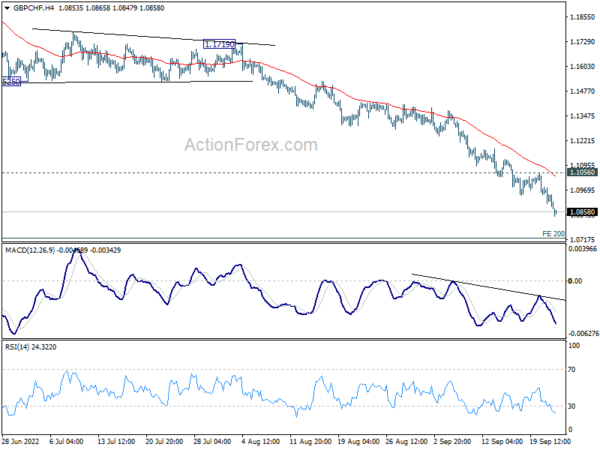
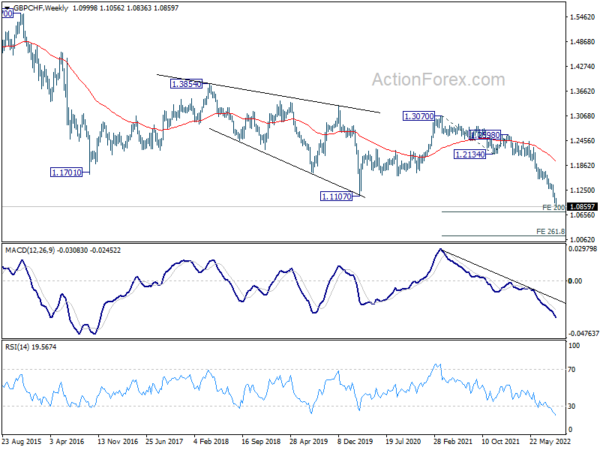
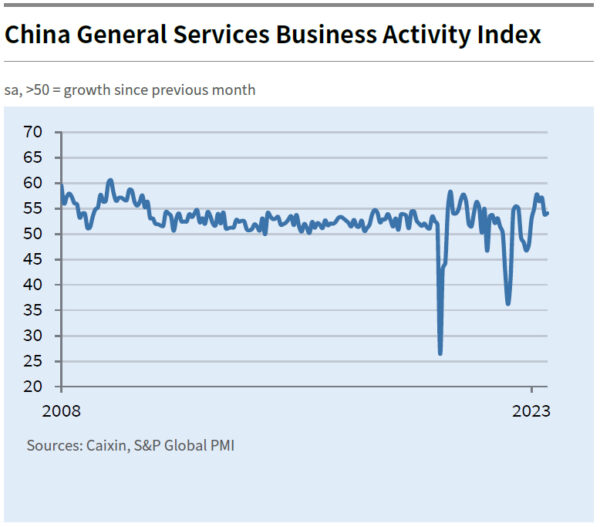
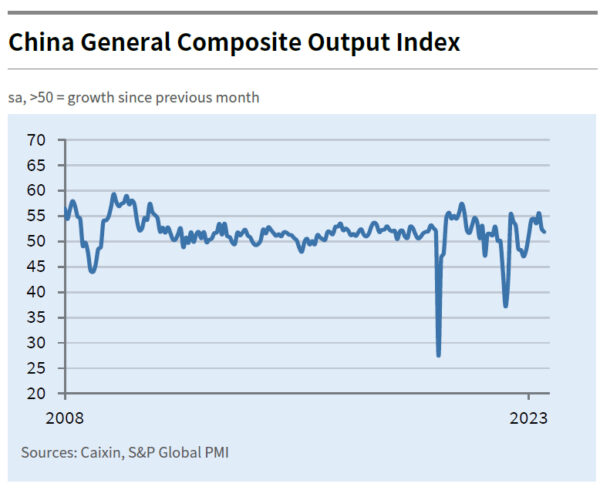
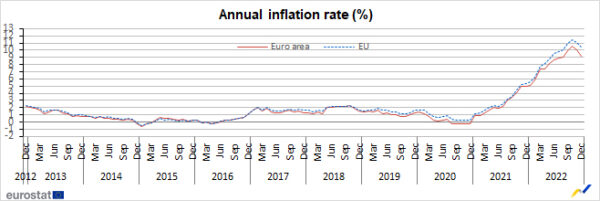


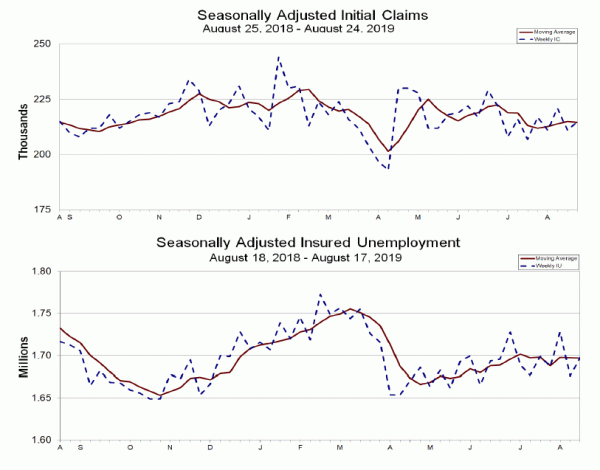
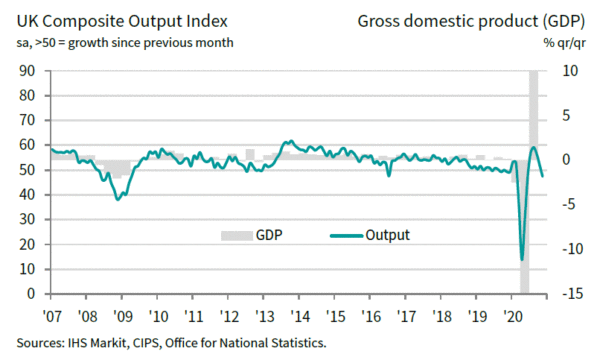
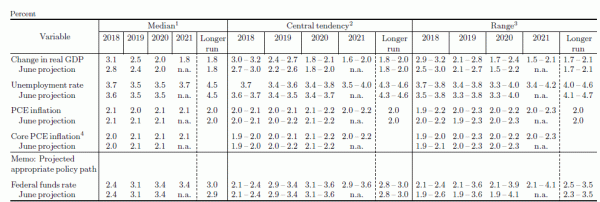
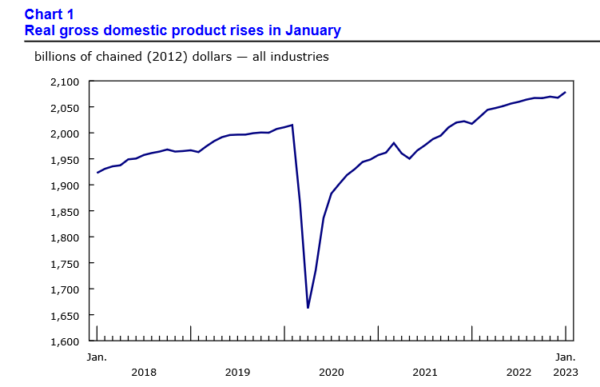

Australia retail sales rose 1.1% in April, led by food retailing
Australia retail sales rose 1.1%, or AUD 350.2m, in April, above expectation of 0.5% mom. Annually, sales rose 25.1% yoy.
Ben James, Director of Quarterly Economy Wide Surveys, said: “Food retailing led the rises in April, following falls in both February and March 2021. All industries except department stores rose, with similar rises for cafes, restaurants, and takeaway food services, household goods retailing, and other retailing.
New South Wales and Victoria led the state rises, with sales continuing to return in Sydney and Melbourne. A lockdown in Western Australia in April saw a 1.5% fall in that state”
Full release here.